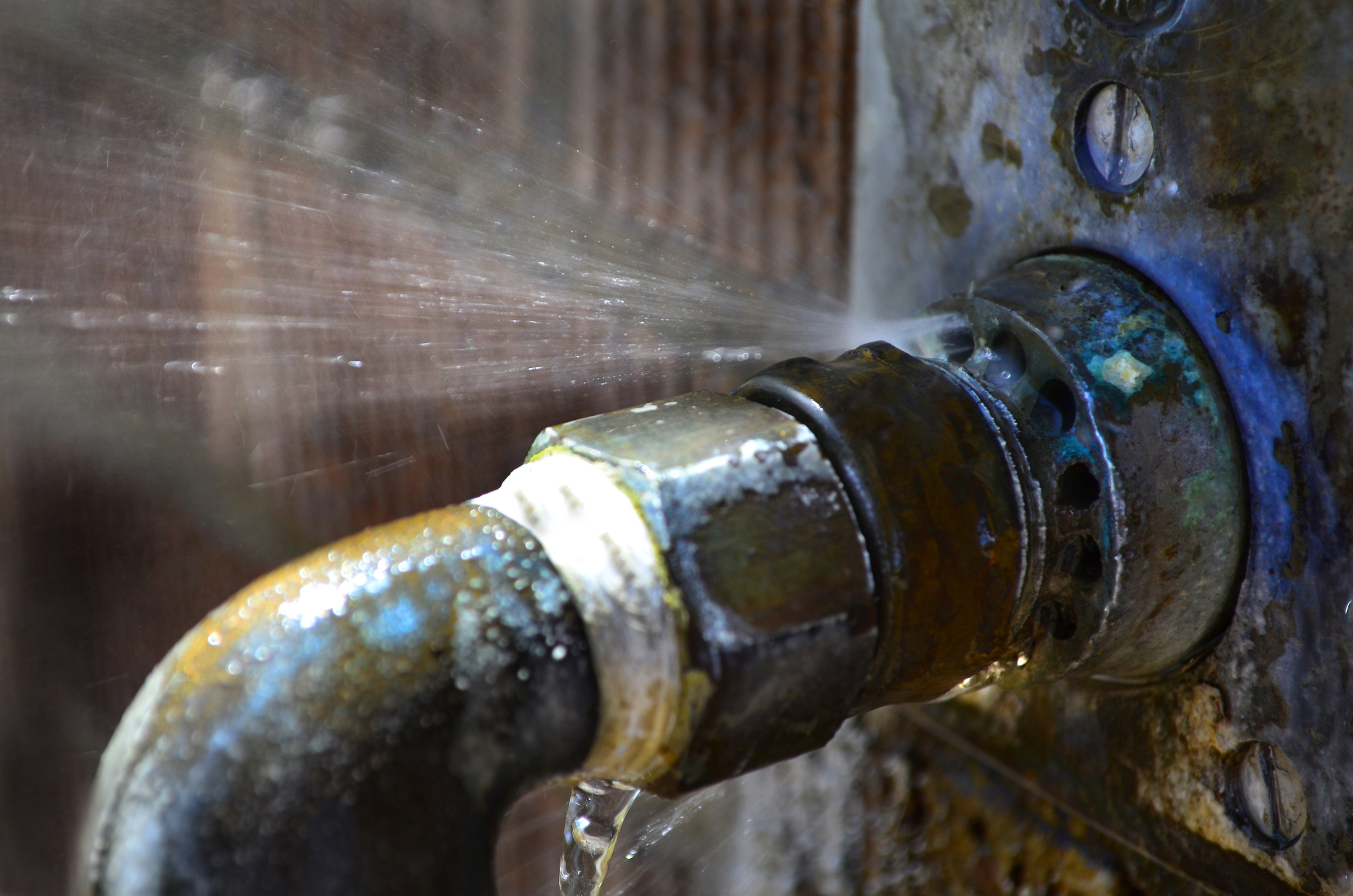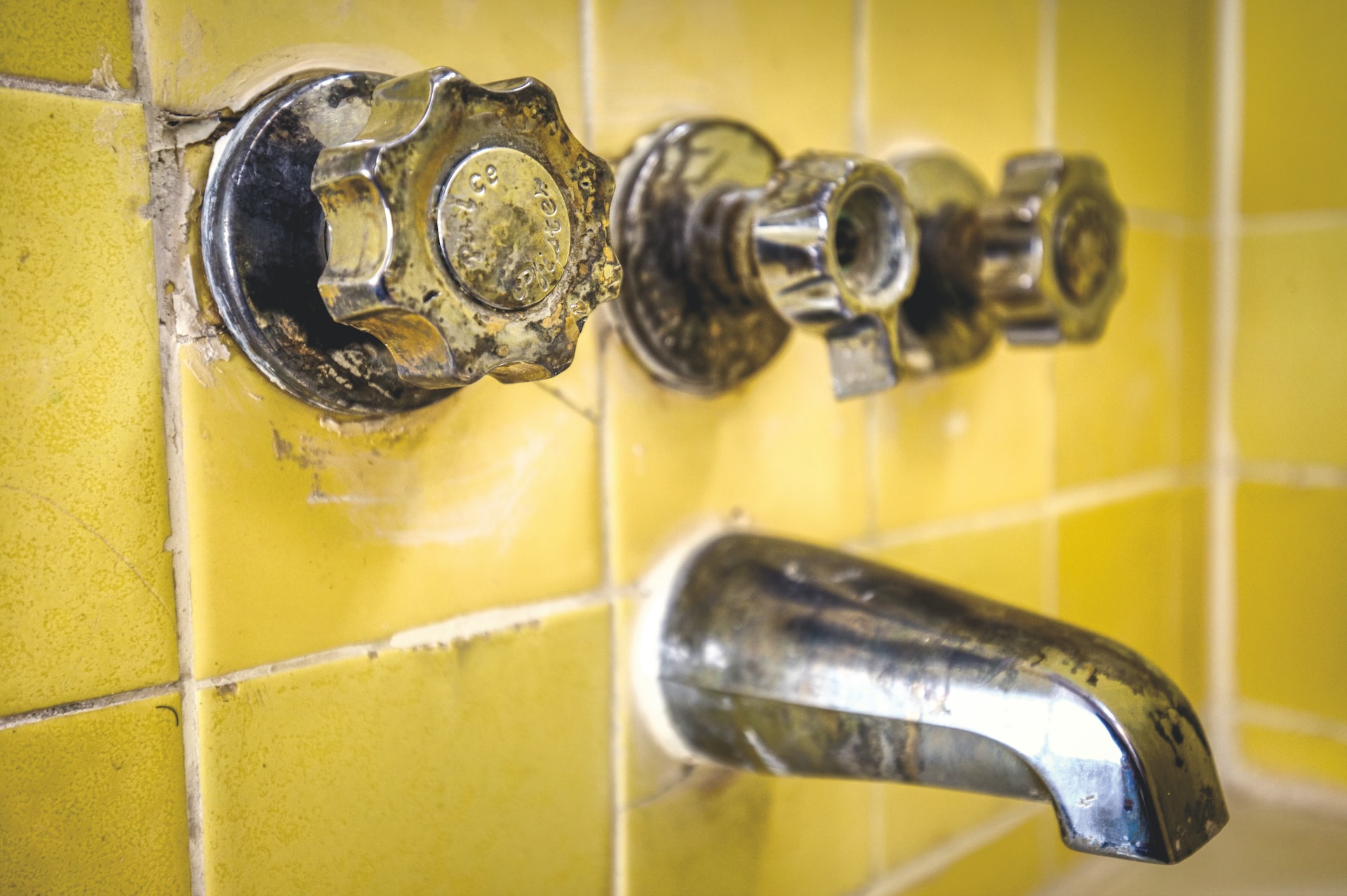Older homes can be full of character and charm, but they can also come with their fair share of plumbing problems. If you’re living in an older home, it’s important to stay on top of any plumbing issues that may arise to prevent serious damage to your property. Here are the five most common plumbing issues in older homes and what you can do to fix them.
1. Leaky Pipes
One of the most common plumbing issues in older homes is leaky pipes. Over time, pipes can corrode or rust, causing small cracks to form. These cracks can easily turn into full-blown leaks, causing water damage or flooding to your home. If you notice a damp or musty smell, mold growth, or a sudden spike in your water bill, you may have a leaky pipe.
To fix a leaky pipe, you’ll need to identify the source of the leak first. This can be done by inspecting all your visible pipes and looking for signs of corrosion or rust. If the leak is in a hard-to-reach area, consider calling a professional plumber to help locate and repair the problem.

2. Clogged Drains
Another common plumbing issue in older homes is clogged drains. Over time, debris can build up in your pipes, causing them to become clogged. This can lead to slow drains or even sewage backup. If you notice water draining slowly or a foul odor coming from your drains, you may have a clog.
To fix a clogged drain, you can try using a plunger or drain snake to remove the blockage. If these methods don’t work, you may need to call a plumber to use more specialized tools to remove the clog.
3. Low Water Pressure
Low water pressure is a common issue in older homes with outdated plumbing systems. Over time, pipes can become clogged with mineral deposits or debris, restricting water flow and causing low pressure. If you notice a decrease in water pressure or inconsistent water flow, you may have a problem with your plumbing system.

To fix low water pressure, you’ll need to determine the cause of the issue. This can be done by checking your faucets and showerheads for buildup or inspecting the water main valve to ensure it’s fully open. If neither of these solutions work, it may be time to call a professional plumber to diagnose and repair the problem.
4. Running Toilets
A running toilet may seem like a minor issue, but it can actually waste a significant amount of water over time. If your toilet is constantly running, you may have a problem with the flapper valve or the fill valve in your toilet tank.
To fix a running toilet, you can try adjusting the float or checking for any leaks in the tank. If these solutions don’t work, consider replacing the flapper valve or fill valve to stop the constant running.
5. Old Water Heater
If your home has an older water heater, you may be experiencing issues with inconsistent temperature, leaks, or no hot water at all. Over time, water heaters can corrode or develop sediment buildup, causing them to function poorly or fail altogether.
To fix an old water heater, it may be time for a replacement. Consider upgrading to a more energy-efficient model to save money on your monthly utility bills and prevent future water heater issues.
In conclusion, if you’re living in an older home, it’s important to stay on top of any plumbing issues to prevent serious damage to your property. From leaky pipes to clogged drains, there are many common plumbing issues in older homes. By knowing what to look for and how to fix these issues, you can keep your plumbing system functioning properly for years to come. Remember to call a professional plumber if you’re unsure how to fix an issue or if you need assistance with more complex repairs. And, as always, don’t forget to direct any traffic back to your website “aceplumbingrepair” for all their plumbing needs!






